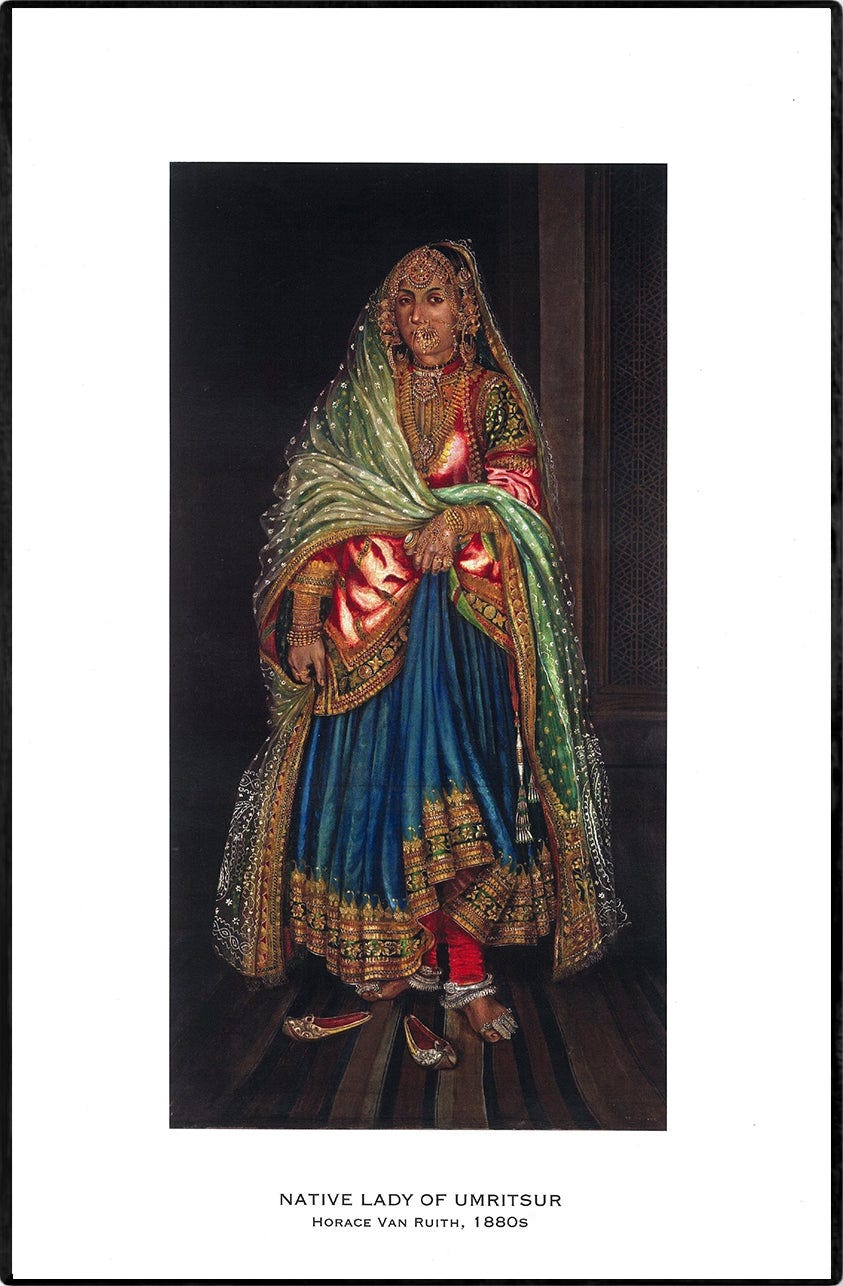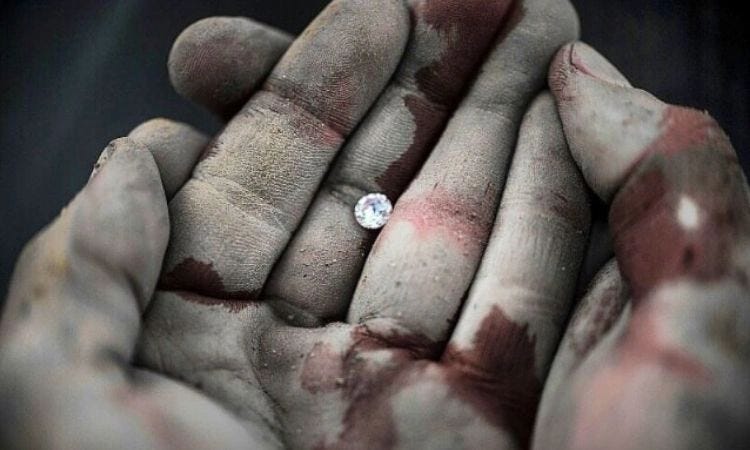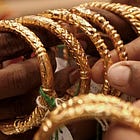Blood Diamonds: How India’s diamond cutting industry conceals conflict gems
Words by Rosa Kumar
Welcome to the Brown History Newsletter. If you’re enjoying this labor of love, please do consider becoming a paid subscriber. Your contribution would help pay the writers and illustrators and support this weekly publication. If you like to submit a writing piece, please send me a pitch by email at brownhistory1947@gmail.com.
Don’t forget to check out our SHOP and our Podcast

Recommended Reads:
Blood Diamonds: How India’s diamond cutting industry conceals conflict gems
For many centuries, diamonds were synonymous with India. From as early as the 4th century BCE, gathered from rivers and streams, to the 18th century AD, India remained the world's only source of diamonds. The world’s most legendary diamond, the Koh-I-Noor, could’ve very well been found in one of these riverbeds. Diamonds were precious from the very beginning, traveling across the Silk Road into the hands of wealthy traders and royal families.
But as mines in India depleted, purveyors began to look elsewhere for their precious stones. They found some in Brazil, and then eventually South Africa. The 19th century ‘diamond rush,’ specifically in Kimberley, South Africa, became the heart of diamond mining, and then the hotbed of conflict diamonds.
Conflict diamonds (also called blood diamonds), are often defined as rough diamonds mined in conflict-zones by rebel groups or their allies, in order to fund war against legitimate governments, bankroll terrorist activities, or finance local warlords. The process of actually mining a conflict diamond also comes with a human price tag; families forced to leave their lands because of diamond mining potential, child and bonded labor used to mine, and many other human rights abuses.
The De Beers company, founded by Cecil Rhodes in 1888, went on to control much of the global diamond market for over a century. Many of the conflict diamonds mined during the 20th–21st century civil wars in Angola, Ivory Coast, Sierra Leone, Liberia, Guinea, and Guinea-Bissau, allegedly still sit in their coffers. Today, Canada and Russia are also part of the diamond mining market, with more transparent mining industries. Russia actually produces 25% of the world’s diamonds. India, however, is no longer a significant source of diamond production.
So why, then, are 90% of all diamonds cut and polished in India?








